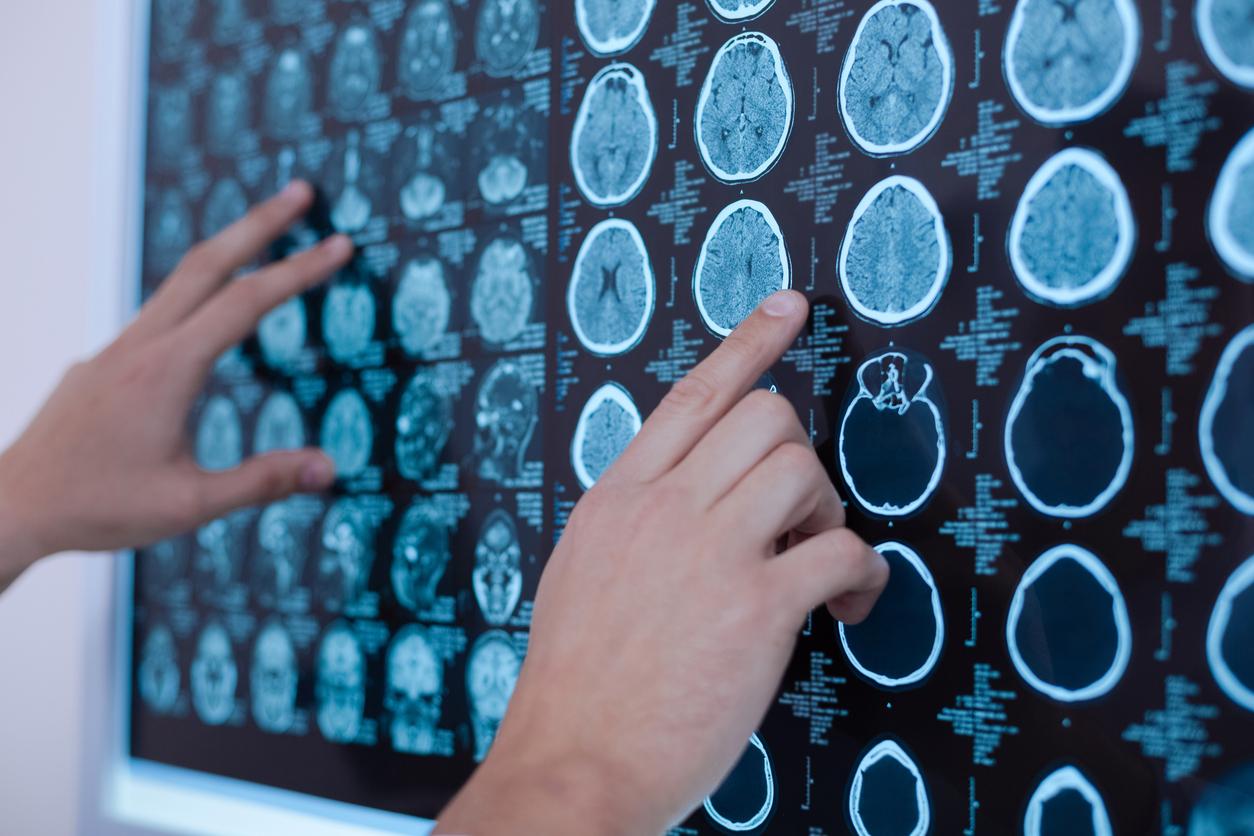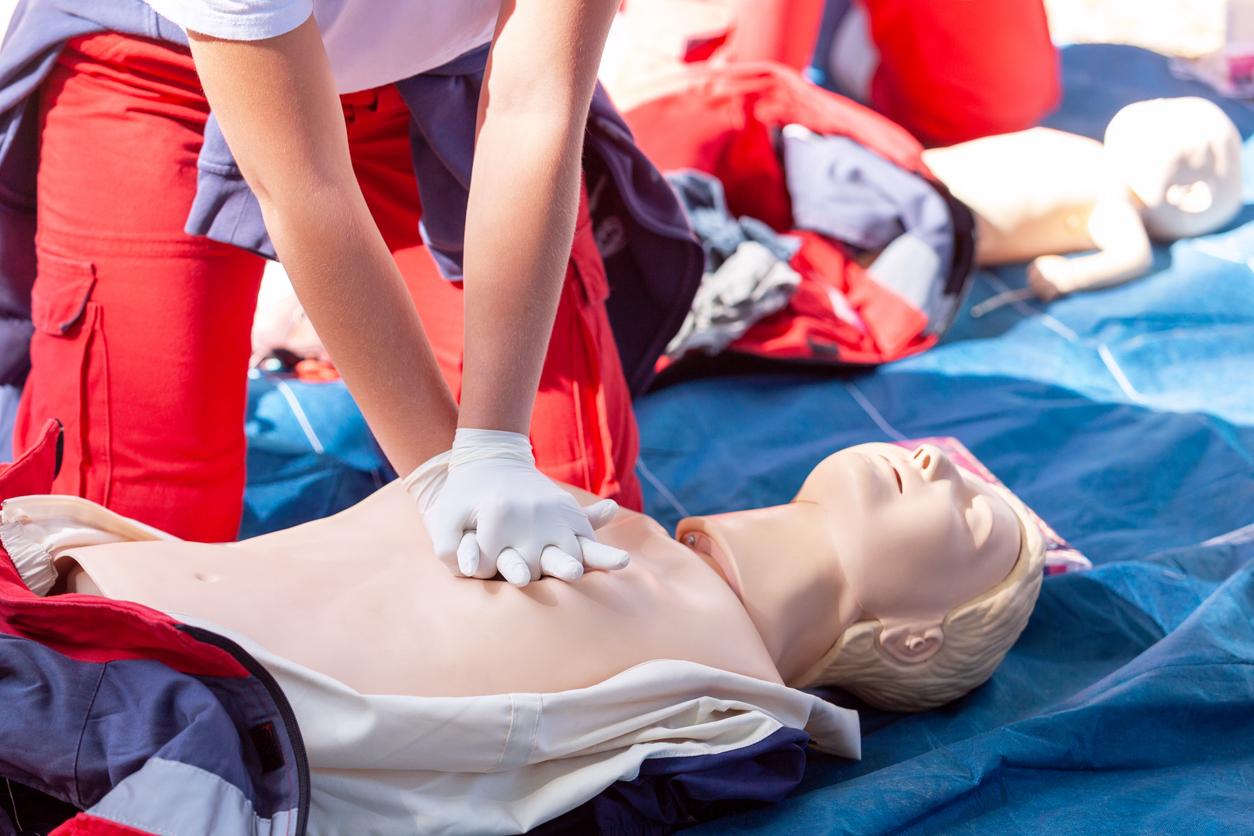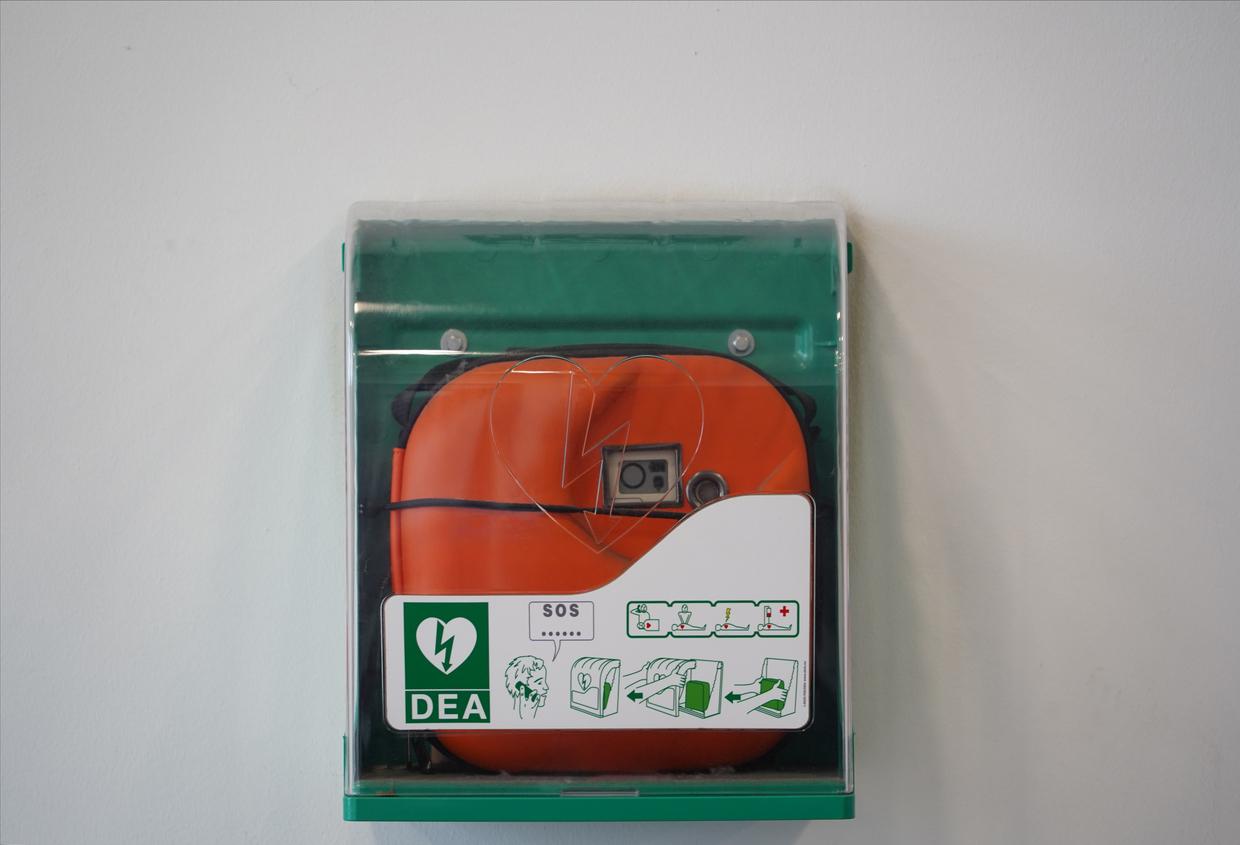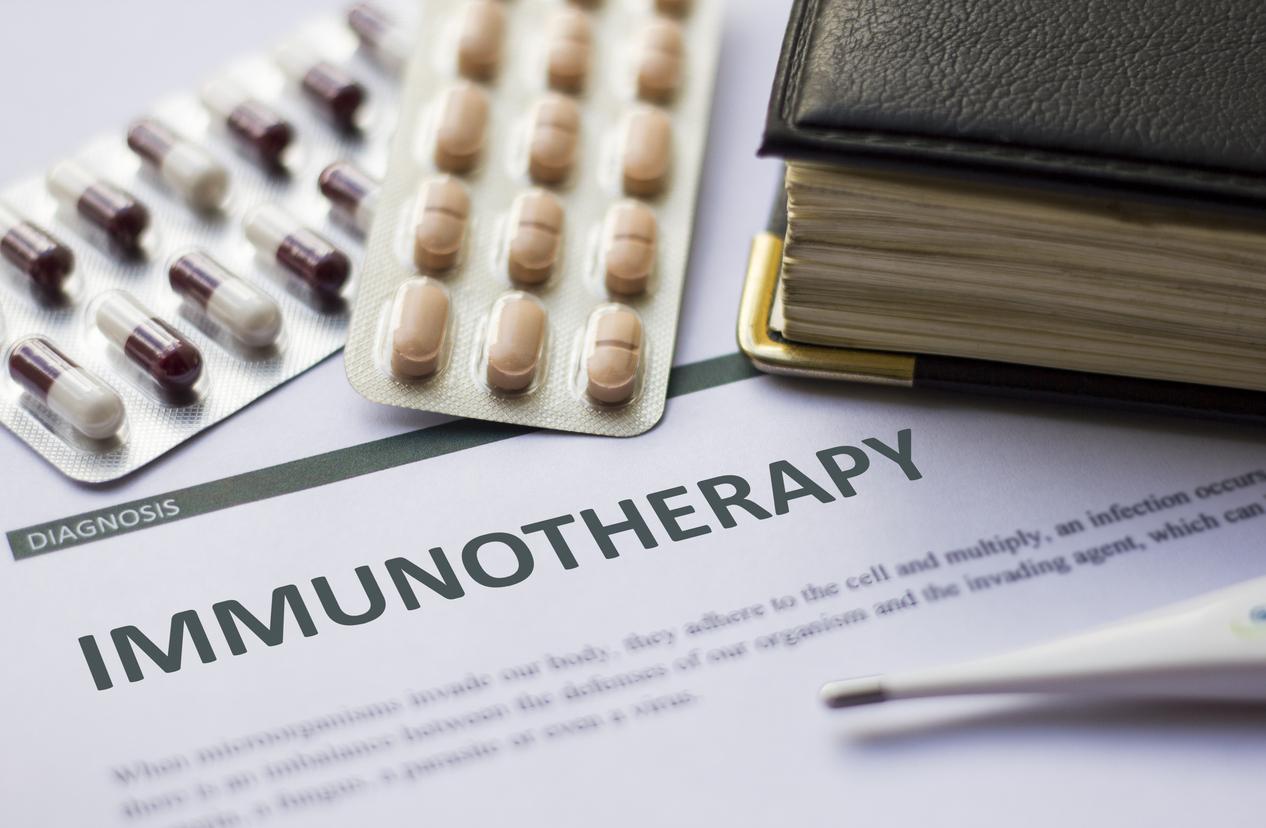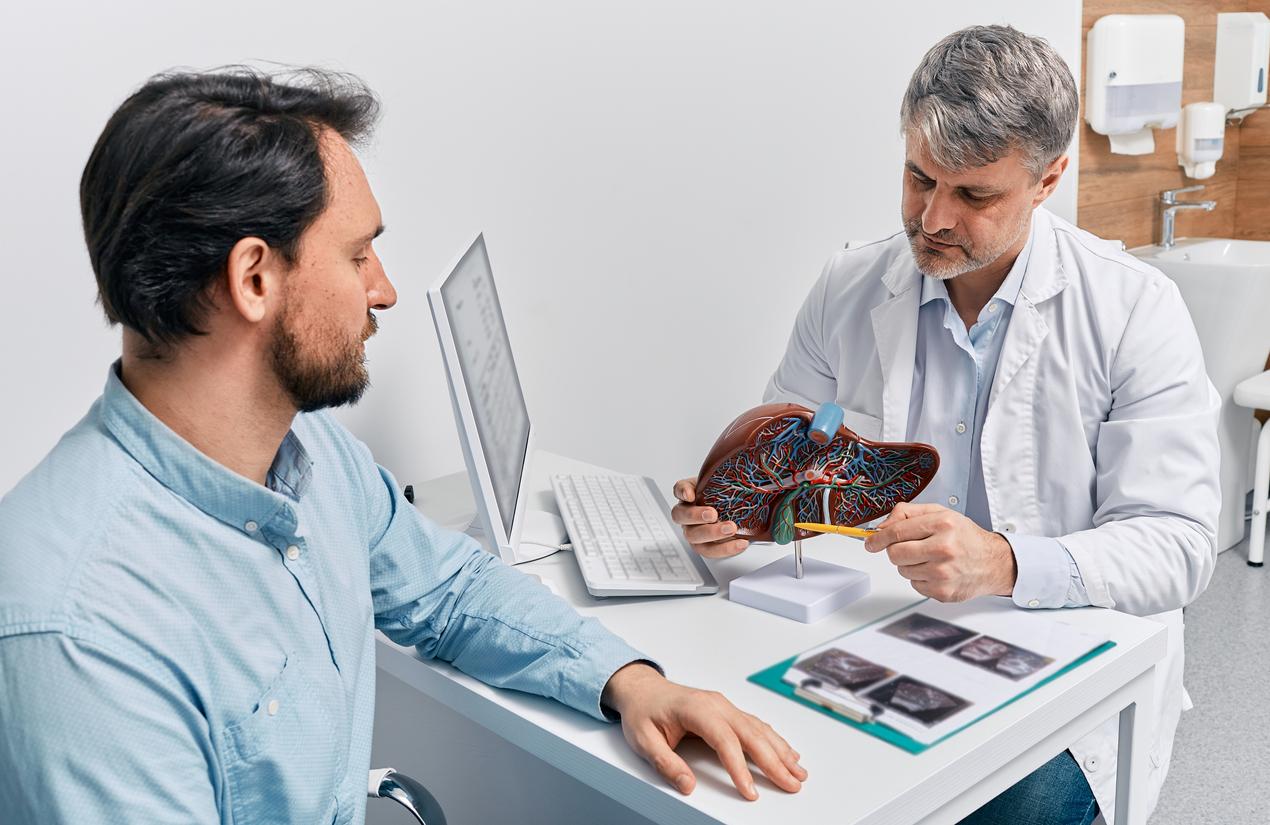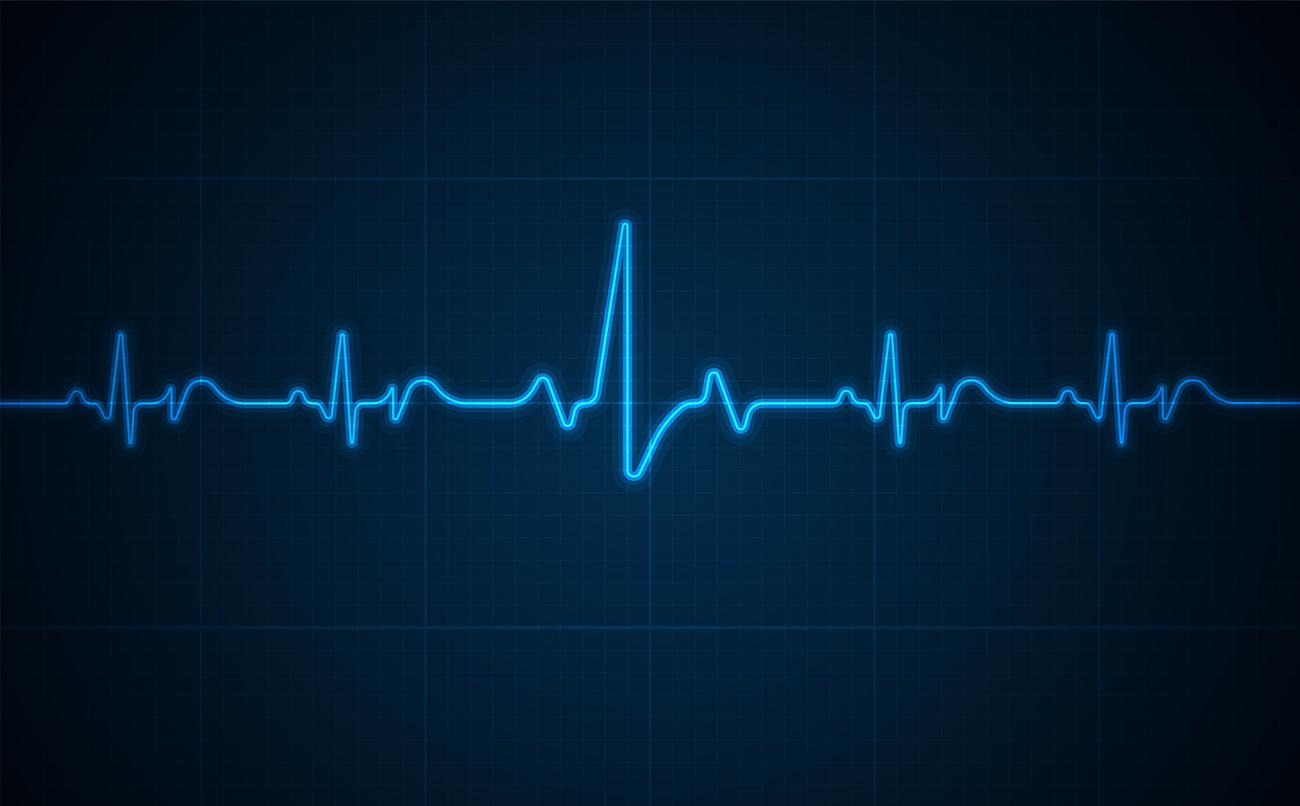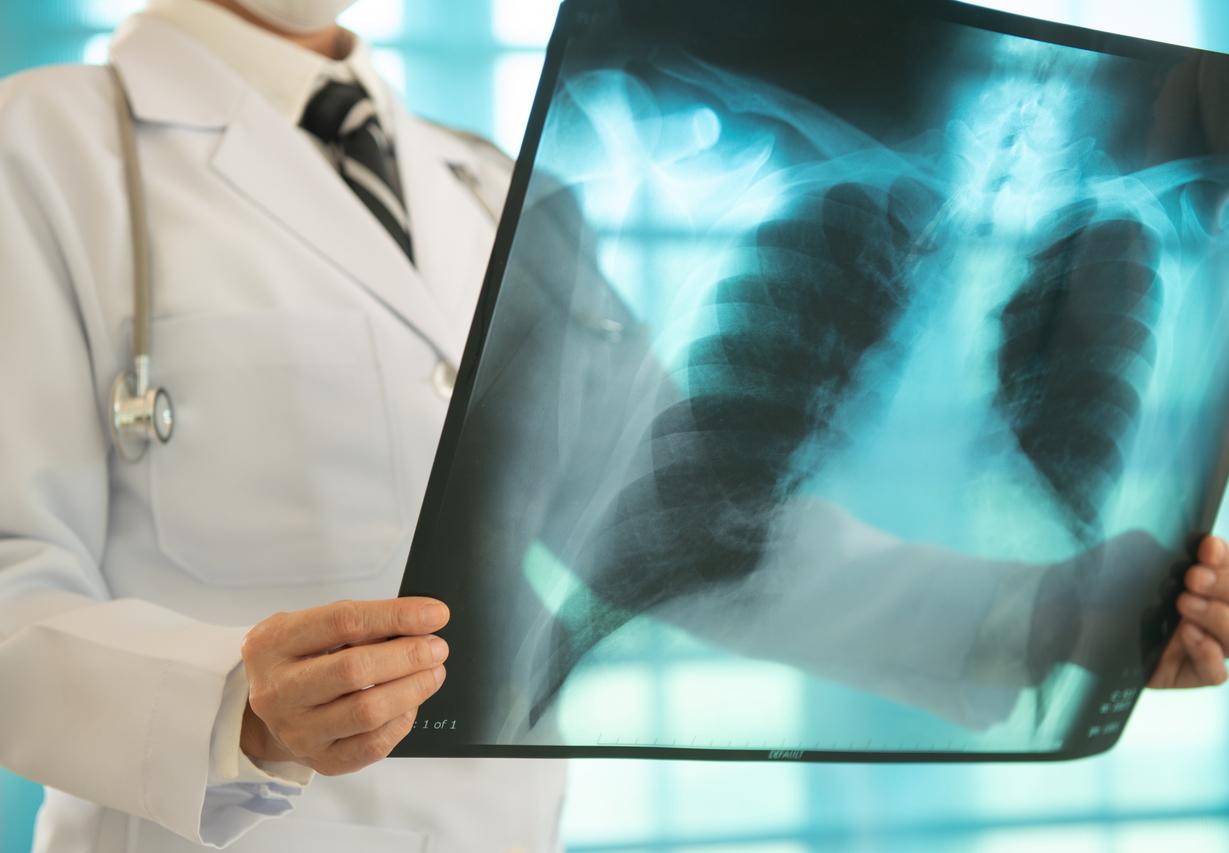Researchers have shown how using a defibrillator for a cardiac arrest victim improves survival at 30 days, even with ambulance response times as short as two minutes.
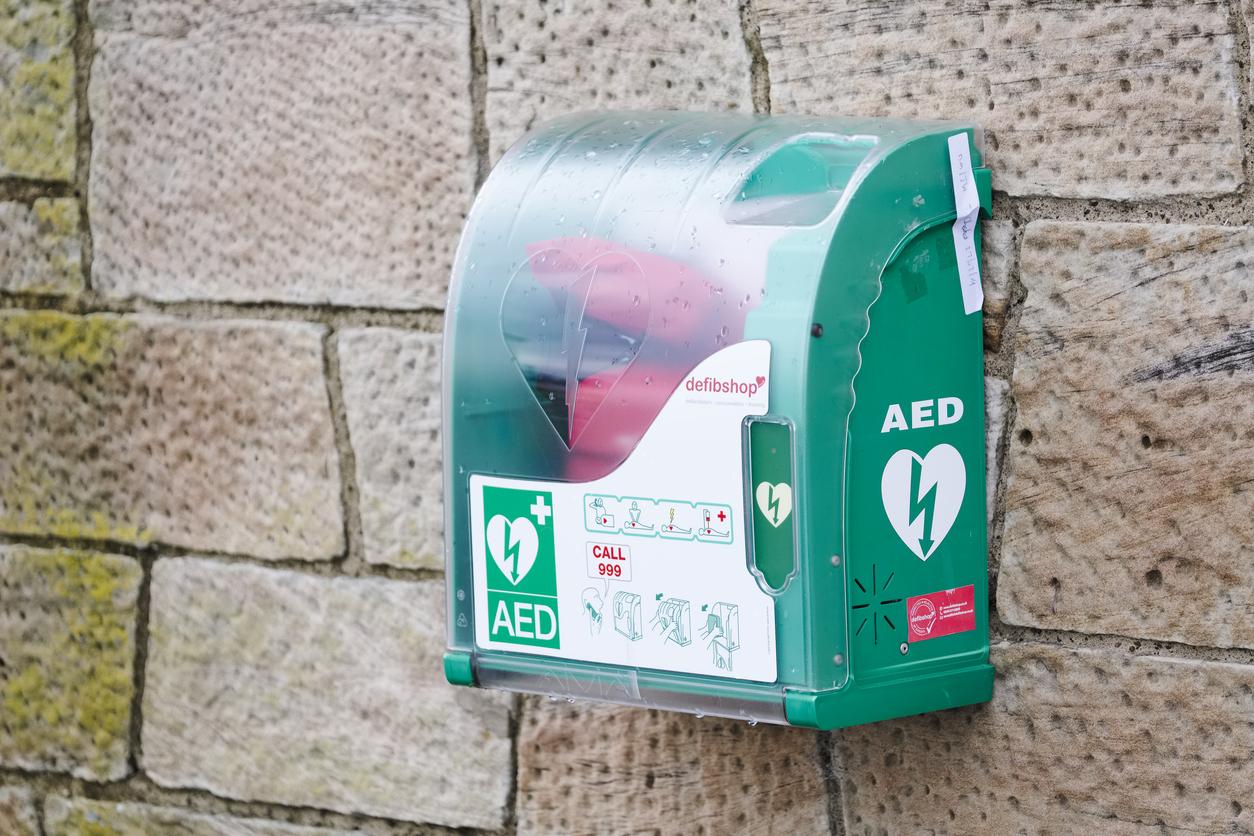
- Researchers point out that we can save the life of a victim of cardiac arrest even if the ambulance arrives in two minutes thanks to a defibrillator.
- Defibrillation increases the chances of survival at 30 days by more than 40%.
- In France, a map makes it possible to find the nearest defibrillator.
This is an announcement that should encourage the use of a defibrillator, which unfortunately is still too little the case.
Researchers demonstrated that cardiac arrest patients who received spontaneous defibrillation were more likely to survive for up to 30 days, even when an ambulance was only two minutes away.
Cardiac arrest: acting quickly is essential
“A heart arrhythmia, called ventricular fibrillation, causes the heart to stop pumping and blood flow to stop. If blood flow is not restored quickly, the person loses consciousness and dies within 10-20 minutes”, explain the authors.
In France, between 40,000 and 50,000 people could have survived whether a defibrillator (AED), which administers a high-energy electric shock that restarts the heart, had been used.
A defibrillator increases the chances of survival by more than 40%
Calling an ambulance and performing chest compressions (called cardiopulmonary resuscitation CPR) while having someone else find a defibrillator is most effective, the researchers say.
And the benefits are real, even if an ambulance arrives quickly. Indeed, the researchers compared the probability of survival between patients who had been defibrillated by a witness before the arrival of the ambulance and those who had not.
Some 44.5% of patients survived to 30 days when defibrillation was performed, compared to 18.8% when defibrillation was not performed.
Cardiac arrest: the defibrillator drastically reduces deaths
The difference was further measured for eight different ambulance response time intervals.
Compared to no defibrillation, the probability of survival with spontaneous defibrillation was 37% higher when the ambulance arrived within 2-4 minutes, 55% when it arrived within 4-6 minutes, and about twice as high for the other intervals studied (up to 25 minutes).
“Anyone can help resuscitate someone in cardiac arrest, whether by performing CPR, retrieving or using an AED, or even buying an AED for their workplace, community or home. Defibrillation saves lives and we can’t have too many AEDs in the community, but if we need to prioritize locations, this study can help us in that process.”.
In France, it is the network Geo’DAE which lists the location of defibrillators.









